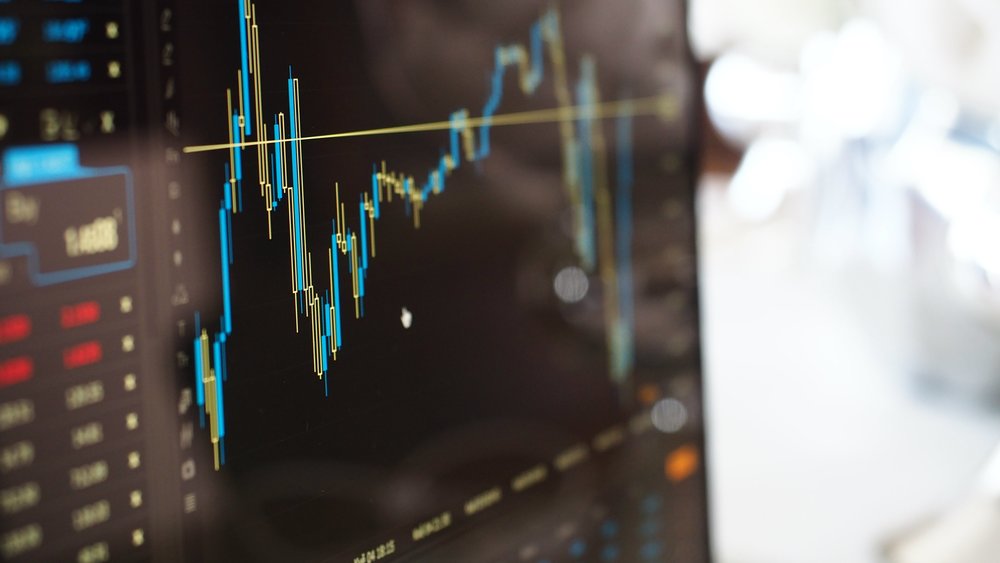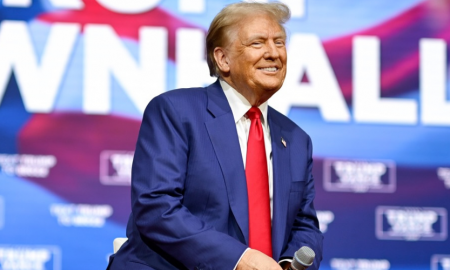
Why Investors Should Stay Low in The Second Half of July

Historical Trends
Notwithstanding the current volatility of the bourse, July has proved to be a good month for the primary equity indexes. For instance, the S&P 500 SPX, -0.71% has gone up by 2.1%. Sources posit that July is deemed the fifth-best month for this index as it always records a typical gain of 1% in July with lower odds of having a positive month. According to the Stock Trader’s Almanac, it had recorded only 37 positives out of the 67 years. The benchmark index has, however, gone ahead to perform better than expectations in the first half of the year.

The S&P 500 SPX, -0.71% has gone up by 2.1%, the Nasdaq Composite Index COMP,-0.55% with 2.8% and the Dow Jones Industrial Average index has also increased with about 1.9% since the month began
Sources claimed that over the last 67 years, July turned out positive for the Dow Jones Industrial Average about 42 times and recorded negatives of about 25 times. The index has increased by approximately 1.9% since the month began. Similarly, the Nasdaq Composite Index COMP,-0.55% has also gone up with 2.8%.
As far as 2018 has gone, the Dow has gone up with less than 0.1%, the S&P has gained with about 3.8% while the Nasdaq has recorded about 12% owing to the large capitalization of its internet and tech stocks. The Nasdaq has reportedly remained the best performing index of the three main indexes since the year began. Specifically, the Dow’s weakness is linked to the increasing trade tensions between the U.S. and its foremost trading partners which have more pronounced effects on the multinational stocks of the Dow.
Short-lived Positives
As highlighted by the Stock Trader’s Almanac, the good performance of the equity markets shouldn’t be surprising as history reveals that July has always been a strong month year in year out for the major indexes.
However, analysts have highlighted that these gains mostly occur only in the first half of the month, and this would imply that investors who intend to jump on this seasonal trend might have already missed the opportunity to do so. The operation of this trend was further reiterated by the WSJ Market Data Group stating that July has always been a month that has a strong beginning and a weak finish since 1950.

The July gains historically occurs only in the first half of the month and investors seeking to gain from this seasonal trend may have already missed the opportunity
According to the data, the S&P 500 in the first half of July has increased about 1.45% on an average while the second half has, however, witnessed gains lesser than O.1%. Further, it was claimed that the seasonal trend became more evident in 2010 when the benchmark index gained 2.16% in the first two weeks of July 2010 but recorded less than 0.1% in the other half of the month. Thus, analysts have suggested that with only a few days left till trading days in July gets to the second half, the current performance of the S&P index stands as a confirmation of the occurrence of the seasonal trend.
Media outlets have, however, reported that if the trend characteristic of the latter half of July occurs this year, it would have drastic effects on the current market level. Further, analysts have projected that stocks may remain volatile beyond the following trading weeks of July.
According to sources, this projection had to do with the fact that recent trading has been significantly affected by the uncertainty of trade policies which has made investors anxious that the worsening trade relations between the U.S and its main trading partners relations could lead into a full-blown trade war. If such happens, the economic growth would be drastically affected. Also, any positivity already recorded in the economic data, as well as the corporate earnings growth, would also be negatively impacted in the presence of trade wars.
Additional Factors
In addition to the historical trend revealing that the latter half of July might not be the best, another factor which may affect the stock markets is the escalation in the trade disputes between the U.S. and its major trading countries.
Media outlets reported that the trade disputes have caused several investors to remain anxious about the effect which the tariffs would have on their ability to enjoy the full benefits of the growth of the economy. Sources claimed that several companies that previously placed focus on the strength of company profits are now giving more attention to the effect which the implementation of the threatened imposition of tariffs on additional $200billion worth of China products would have on the stock markets, a factor which they previously didn’t take into consideration.
More in Investments
-
`
Matthew Perry Foundation Launches Addiction Fellowship at MGH
The impact of addiction on individuals and families is profound, and the need for specialized medical care in this field has...
February 13, 2025 -
`
Celebrity Couples Who Have Ended Their Relationships in 2025
2025 has already seen its fair share of celebrity breakups, and the year is just getting started. From heartfelt announcements to...
February 6, 2025 -
`
How Trump’s Policies Will Reshape Artificial Intelligence in the U.S.
The United States witnessed a significant political shift as Donald Trump took the presidential oath once again. His return to the...
January 31, 2025 -
`
Millie Bobby Brown Shuts Down Age-Shamers with a Powerful Message
From the moment Millie Bobby Brown first appeared as Eleven in “Stranger Things,” she captured hearts worldwide. But growing up in...
January 25, 2025 -
`
Why Outsourcing Payroll Services Is a Smart Business Move
Managing payroll is no small task—it’s a crucial part of any business that ensures employees are paid accurately and on time....
January 15, 2025 -
`
These AI Stocks Should Be on the Watch List of Investors in 2025
The buzz around AI stocks is growing louder than ever. With artificial intelligence shaping industries like healthcare, finance, and tech, smart...
January 8, 2025 -
`
Why the Starbucks Workers Strike Is Expanding Across U.S. Cities
The Starbucks workers’ strike has gained significant momentum, with employees in more U.S. cities joining the movement to address unresolved issues...
January 2, 2025 -
`
Are Shawn Mendes and Camila Cabello Still Close After Breakup?
The connection between Shawn Mendes and Camila Cabello continues to intrigue fans worldwide. Their shared history, from chart-topping collaborations to a...
December 24, 2024 -
`
Here’s What It Takes to Become a Professional Physical Therapist
Physical therapy is a career that blends science, empathy, and problem-solving to help people recover from injuries or improve mobility. Knowing...
December 19, 2024















You must be logged in to post a comment Login